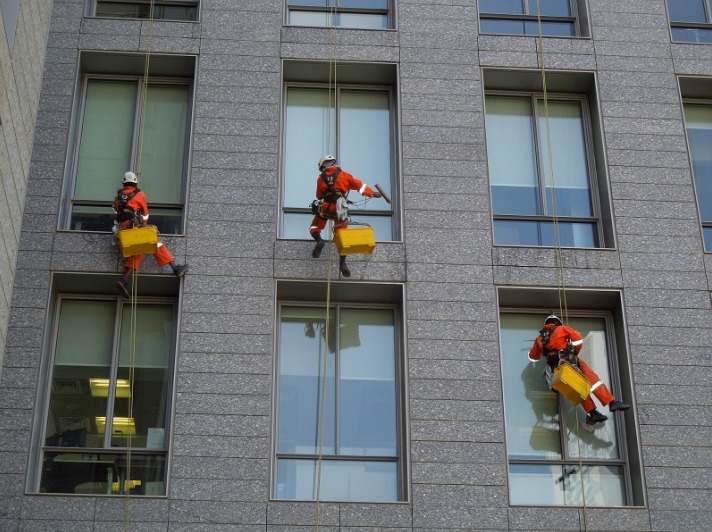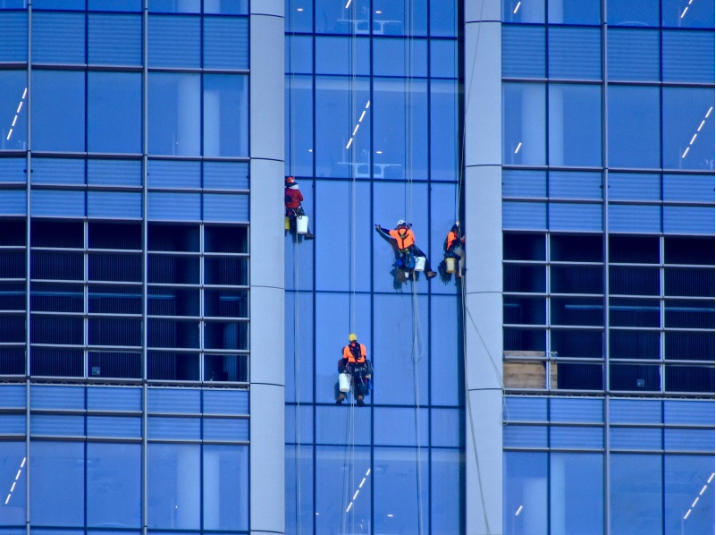Guest Blog by Jamie Costello
Travelling
The job role may require an employee to travel to one site or possibly several, depending on the requirements. Many jobs will involve air travel. There are a few health concerns often associated with long-haul flights that an employee should consider, such as: deep vein thrombosis, ear popping, dehydration and jet-lag. If any employee is unsure of health and safety risks associated with travelling for work, they can consult the guidelines published by the Department of Health.
Health Risks
Many countries also carry health risks specific to that area. For example, a great deal of African and southeast Asia counties will require the traveller to have a Cholera jab and sometimes Hepatitis A & B vaccination before entering. Travellers should consult their doctor who will be able to advise them on what vaccinations they may need before setting off. The list of health risks for certain countries is constantly changing as diseases come and go. For the up-to-date risks, employees should check back with the World Health Organisation website regularly.
Laws And Culture
It’s no surprise that every country will have different laws and cultures. For the employees safety and out of respect, they should familiarise themselves with the customs of each place. What may seem innocent in the UK may be considered a crime elsewhere – for example hand gestures or drinking alcohol. In some cases, some businesses may make it a priority to brief employees on what will be expected of them upon arrival. In addition to understanding customs and traditions, travellers should also be made aware of the problems that might arise from the language barrier.
Crime And Security
Much like with outbreaks of diseases, some countries have higher crime rates than others. Foreign visitors can often be targets for muggings, kidnappings and violence. Employees should be given advice on steps to avoid trouble, including: locking personal belongings away in a safe at their accommodation, keeping valuables in zipped pockets, and avoiding high crime areas whenever possible.
Consider The Climate
Staff may be asked to relocate to an area with unpredictable or sometimes dangerous weather. They could experience extremes of temperature, monsoons, hurricanes or storms. Before travelling, employees should be advised on the risks that are associated with sunburn, skin cancer and hypothermia.
Mental Wellbeing
Working abroad can take a toll on a person’s mental wellbeing. This could be feelings of isolation, sickness, frustration in language barriers and pressure with workloads. In these situations, an employee may be required to provide support. This is particularly appropriate for staff who are working abroad for long periods of time for example those moving to UK from US, separated from family and friends.
Emergency Situations
There are countless eventualities that could occur as a result of being abroad. Unpredictable instances like natural disasters, outbreaks of disease, political trouble, or a spike in crime. All of these incidents could end up putting an employees health and safety at risk. Businesses should provide employees with information regarding where to go in case of each emergency, including details about all the facilities available. The employer should also set up arrangements to ensure an instant response in the case of an emergency.
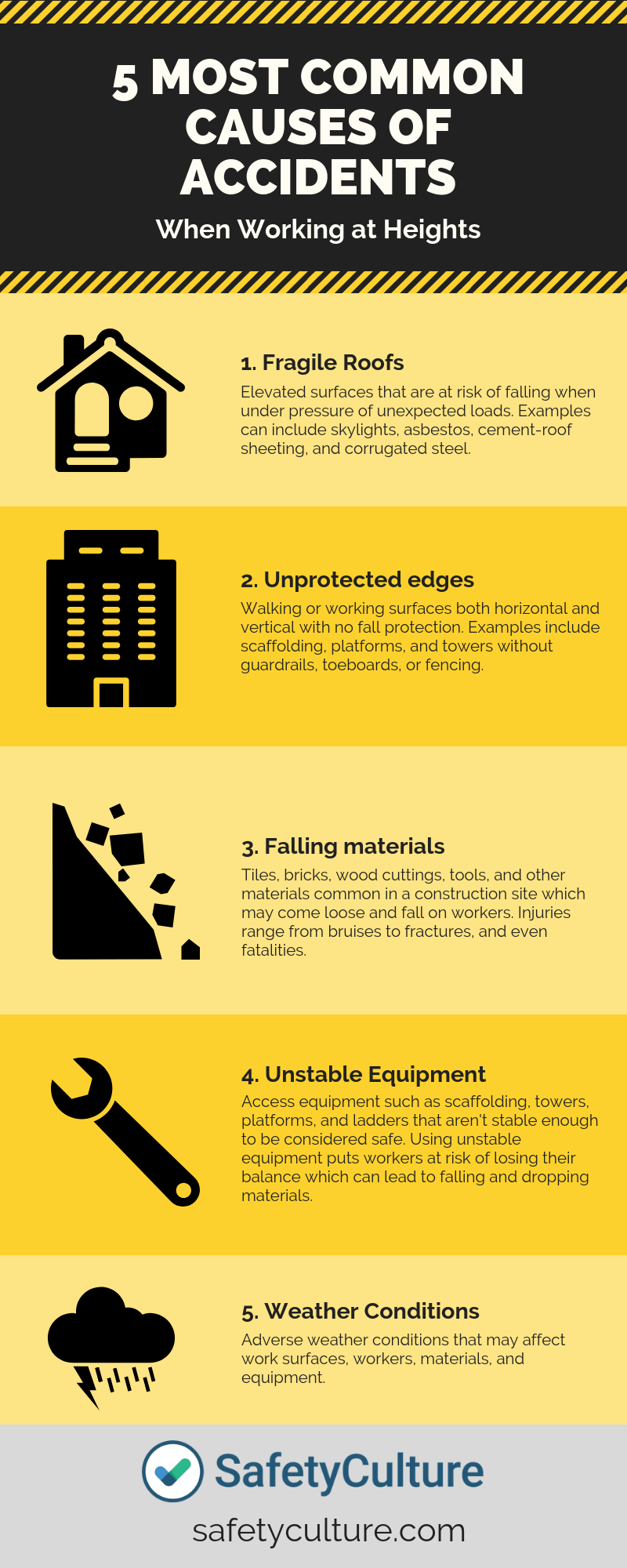
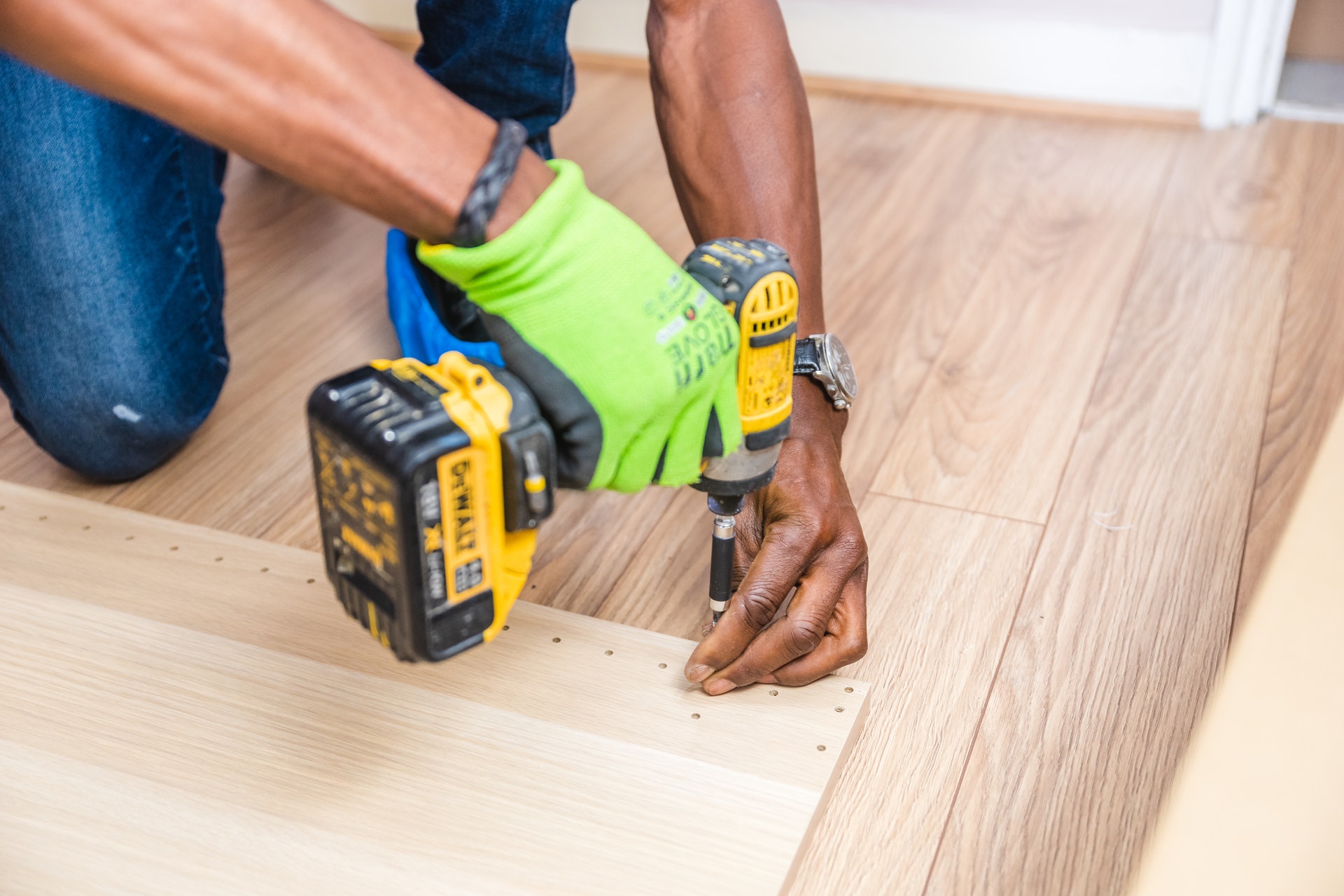
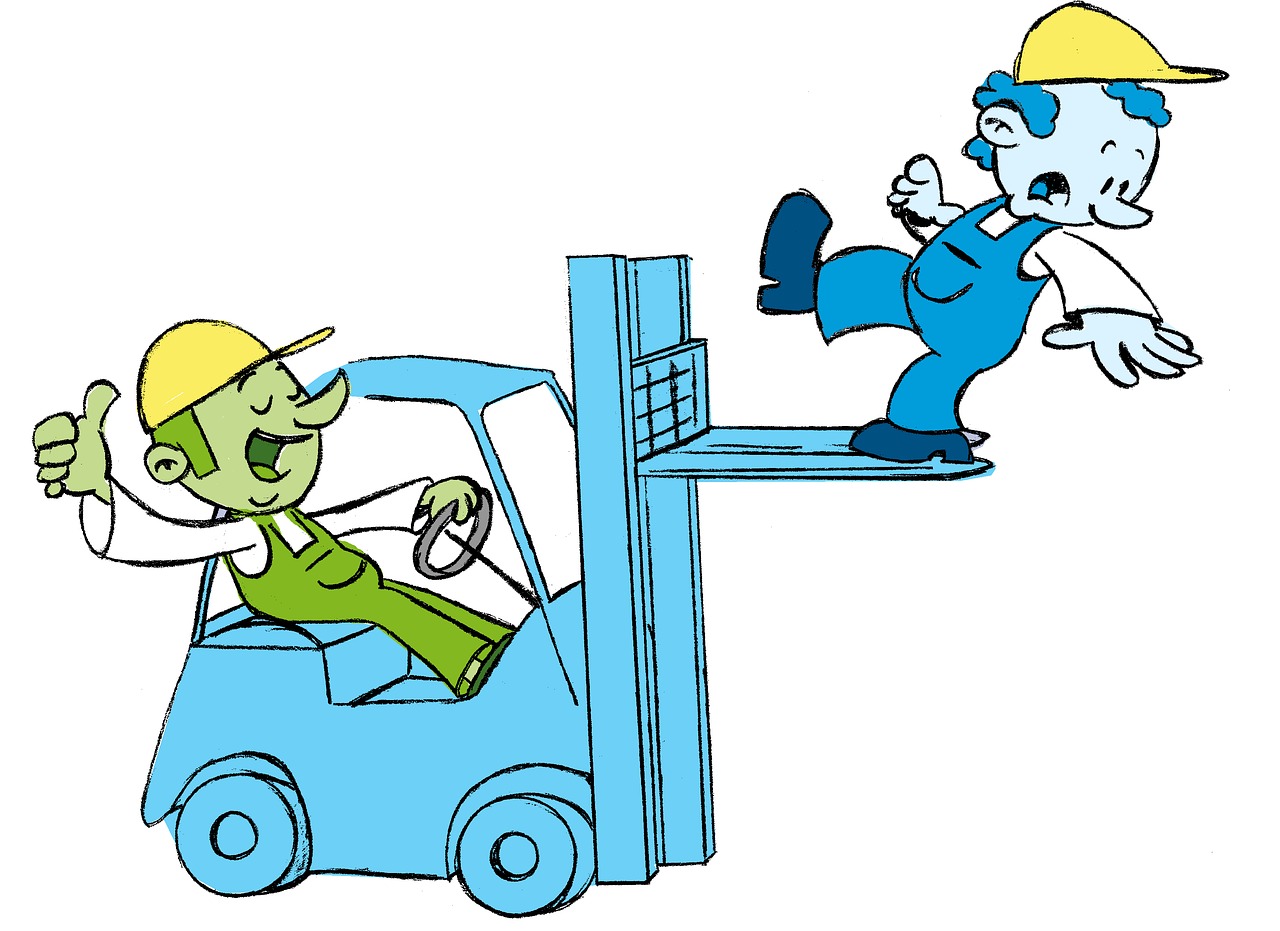 They might look fun to operate, but forklifts are nothing to be toyed with. They are a serious workplace hazard. Forklift drivers are constantly at risk of injury when operating them. Accidents range from human injury to equipment destruction. Proper safety precautions are absolutely necessary to keep this from happening. Here are some examples of how to implement safety measures.
They might look fun to operate, but forklifts are nothing to be toyed with. They are a serious workplace hazard. Forklift drivers are constantly at risk of injury when operating them. Accidents range from human injury to equipment destruction. Proper safety precautions are absolutely necessary to keep this from happening. Here are some examples of how to implement safety measures.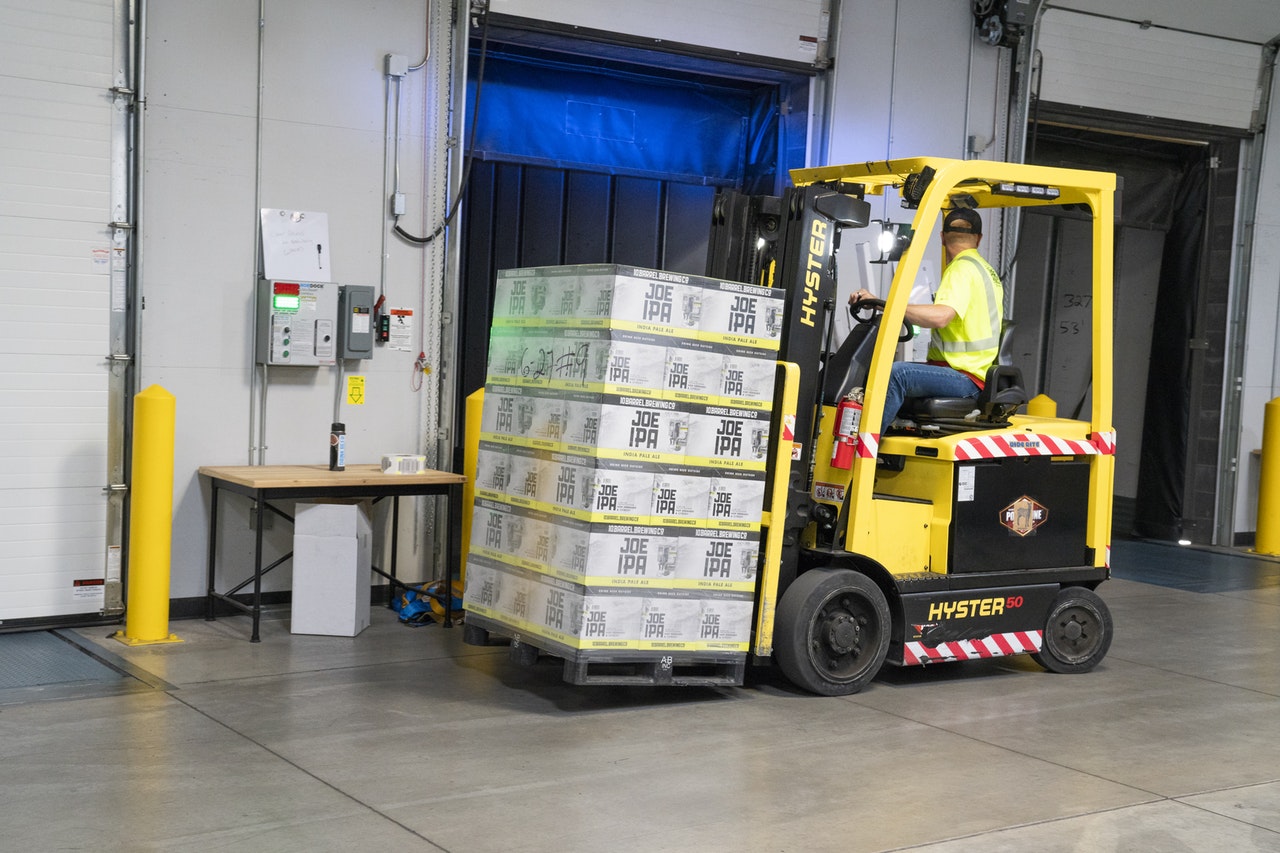
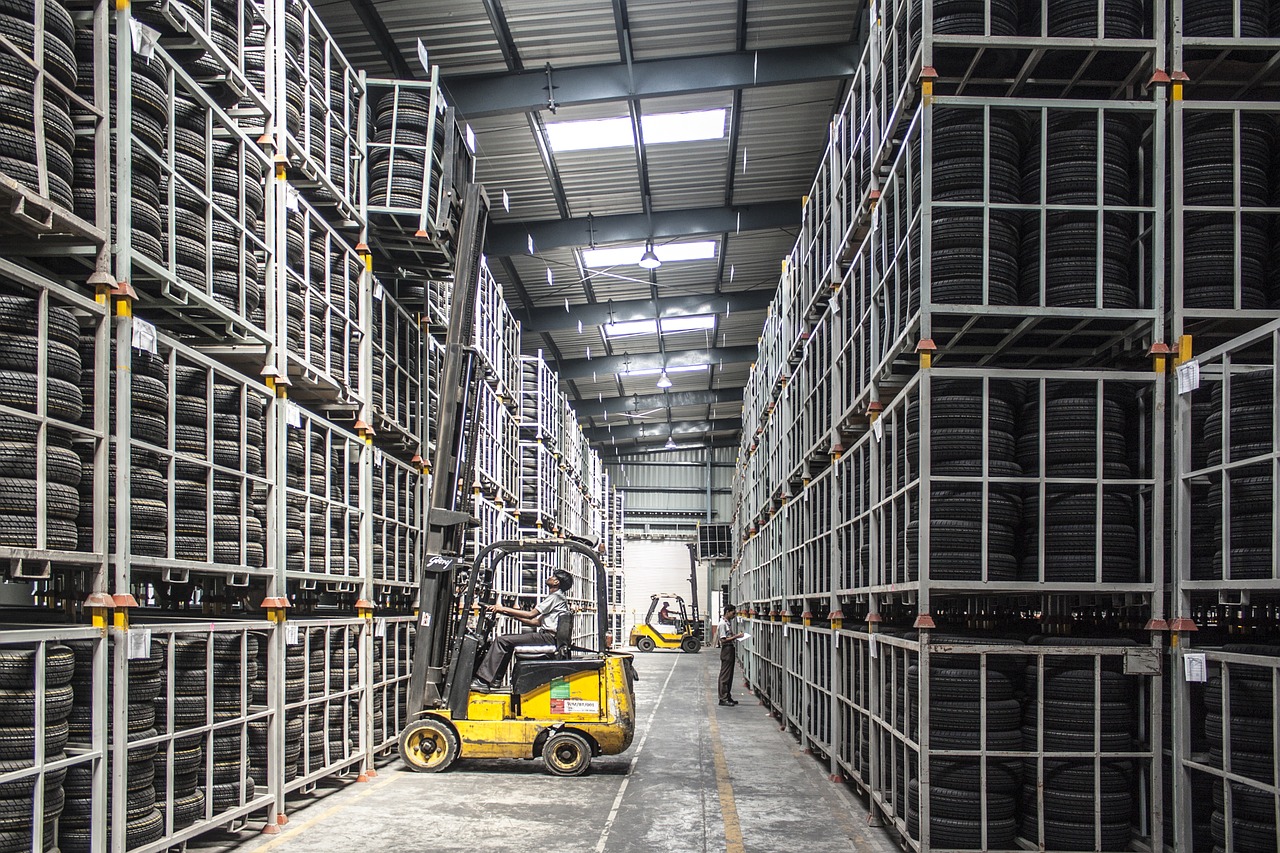
 Liam Smith is a young and aspiring Australian blogger with a passion for everything related to home, design and lifestyle. He has a B.Sc. in Interior design and is an avid reader.
Liam Smith is a young and aspiring Australian blogger with a passion for everything related to home, design and lifestyle. He has a B.Sc. in Interior design and is an avid reader.

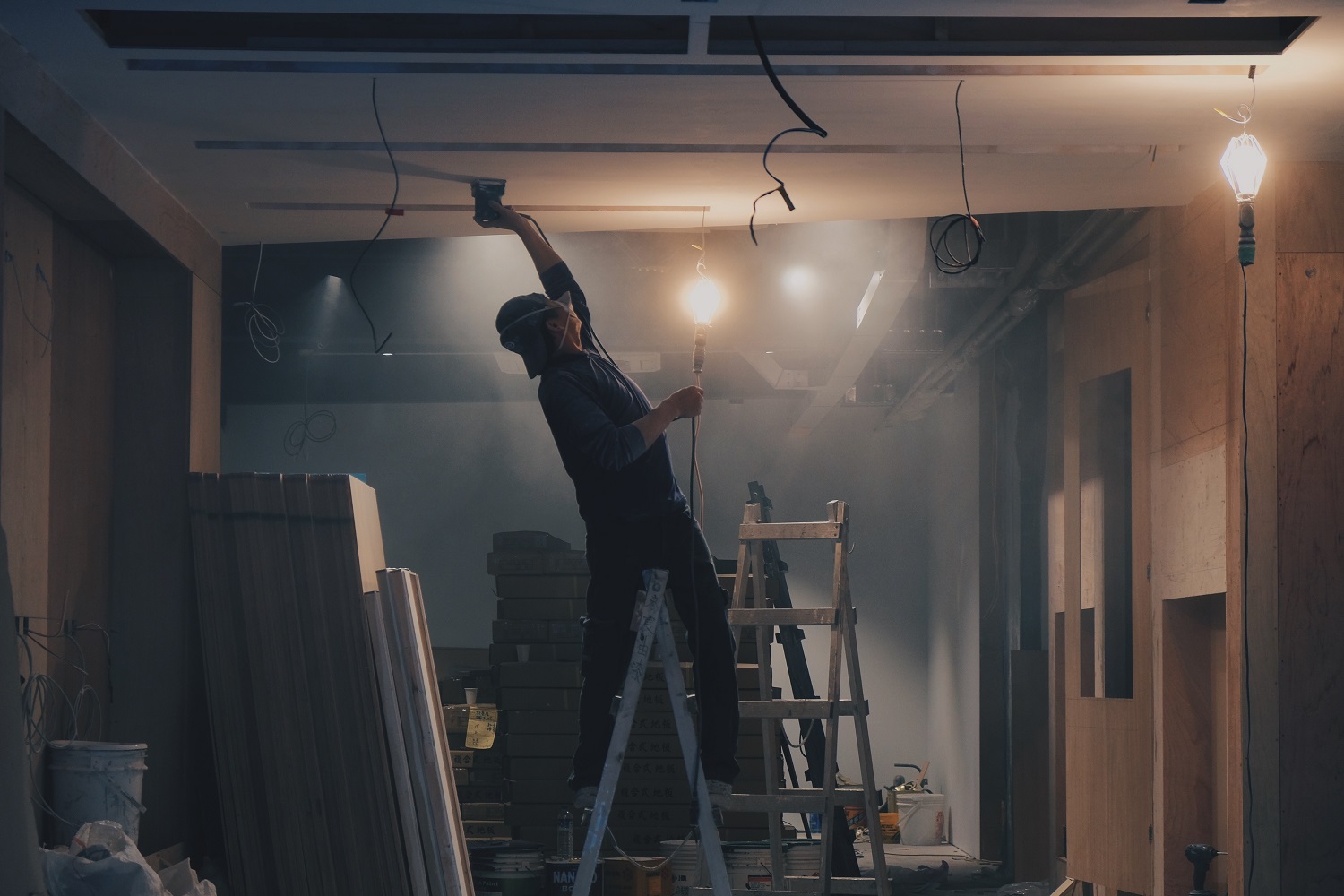 Whether we’re talking about an office or a construction site, the consequences could be fatal. Rats can sneak in and chew the wiring important for your work, causing potential short-circuits and fires, while bugs can spread disease and interfere with the work process. Making sure no pests can be found on the worksite will make your employees much more relaxed and productive. They won’t have to stop work just to deal with another issue and you won’t have to spend more money on solving an additional problem.
Whether we’re talking about an office or a construction site, the consequences could be fatal. Rats can sneak in and chew the wiring important for your work, causing potential short-circuits and fires, while bugs can spread disease and interfere with the work process. Making sure no pests can be found on the worksite will make your employees much more relaxed and productive. They won’t have to stop work just to deal with another issue and you won’t have to spend more money on solving an additional problem.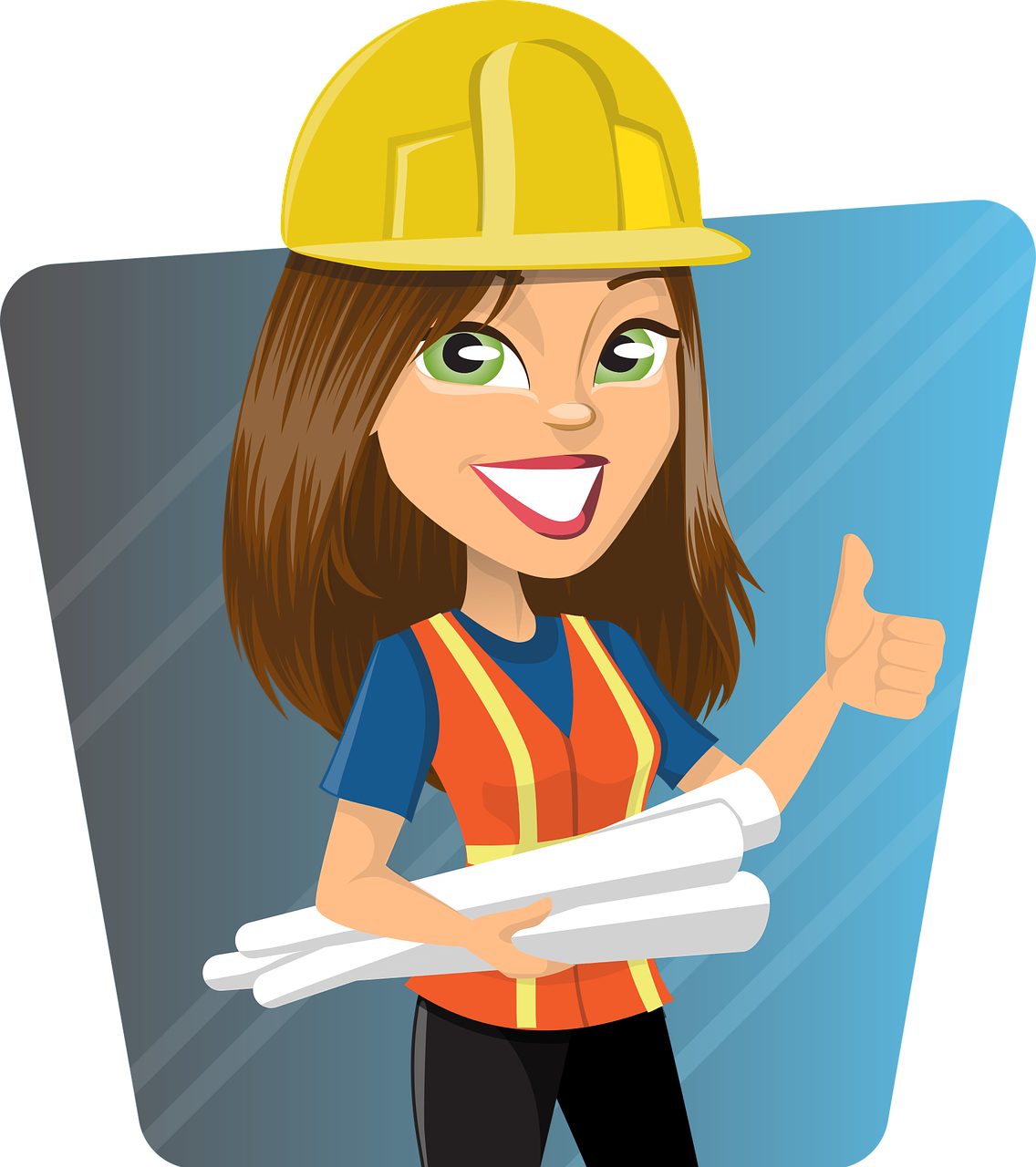

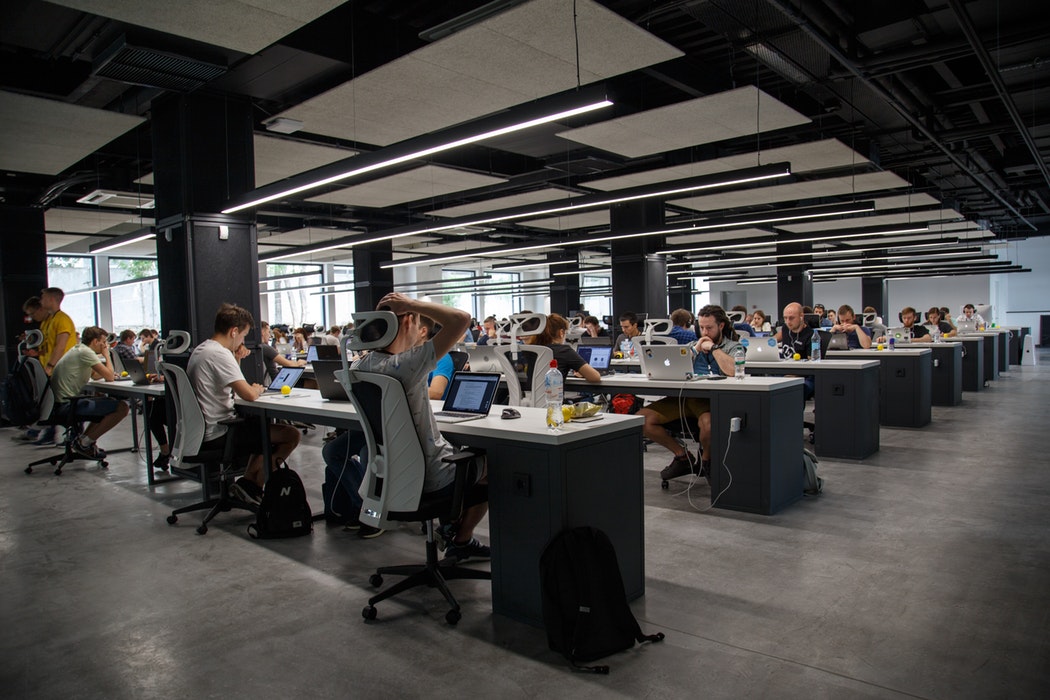 Every workplace needs to be protected from such occurrences. Something as small as a fire ant can cause a lot of damage and put your employees at great risk. The worksites with birdbaths, buckets of water, old tires, clogged gutters, and other outdoor equipment are at a much higher risk that indoor workspaces. However, the risk is still present everywhere.
Every workplace needs to be protected from such occurrences. Something as small as a fire ant can cause a lot of damage and put your employees at great risk. The worksites with birdbaths, buckets of water, old tires, clogged gutters, and other outdoor equipment are at a much higher risk that indoor workspaces. However, the risk is still present everywhere. As a good employer, you want to protect your workers from diseases spread from insect bites, as well as complications that arise as a result of allergies, bacteria, viruses and parasites. The West Nile virus infection is just one of the many, since infected mosquitoes and ticks can carry anything from bacteria to Lyme disease. Statistics say that in a period of nine years between 2001 and 2010, an
As a good employer, you want to protect your workers from diseases spread from insect bites, as well as complications that arise as a result of allergies, bacteria, viruses and parasites. The West Nile virus infection is just one of the many, since infected mosquitoes and ticks can carry anything from bacteria to Lyme disease. Statistics say that in a period of nine years between 2001 and 2010, an  Scott Mathews is a professional content writer at recruiting, HR management and work productivity. Scott`s biggest passion is blogging and travelling. He regularly takes part in different conferences and contributes his posts to different websites. Contact him on
Scott Mathews is a professional content writer at recruiting, HR management and work productivity. Scott`s biggest passion is blogging and travelling. He regularly takes part in different conferences and contributes his posts to different websites. Contact him on 